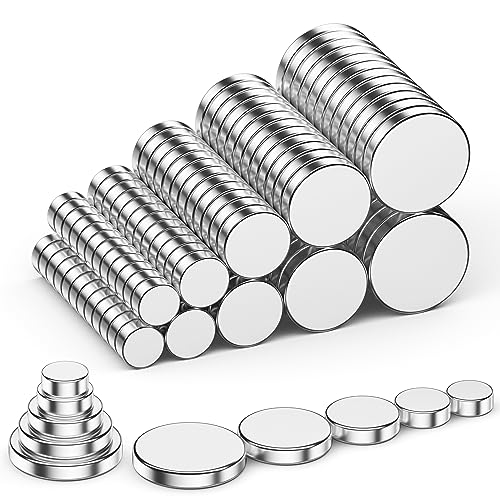Understanding the Science Behind Magnets
At its core, a magnet is a material that produces a magnetic field – a force that can attract or repel certain metals. The most common type of magnet is a permanent magnet, which means it retains its magnetic properties even when removed from an external magnetic field. Magnets are used in various applications – from household items like refrigerators and speakers, to industrial machinery and medical equipment. In this article, we’ll explore the science behind magnets and how they work.
The Properties of a Magnet
Magnets are made up of tiny magnetic moments, known as magnetic domains, that are aligned in the same direction. These domains can be found in certain types of materials, such as iron, cobalt, and nickel. When these materials are magnetized, the domains all align in the same direction, creating a magnetic field.
One of the most remarkable properties of a magnet is its ability to a attract or repel other magnets. This is due to the magnetic field they create, which interacts with other magnetic fields. Opposite poles attract one another, while like poles repel each other. This interaction is what allows magnets to stick to refrigerators, or for magnetized materials to be used to store data on hard drives.
The Different Types of Magnets
While all magnets work by producing a magnetic field, there are different types of magnets that are used for different applications. Permanent magnets, as mentioned earlier, retain their magnetic properties even after being removed from an external magnetic field. However, there are also electromagnets, which produce a magnetic field only while an electric current is flowing through them.
Another type of magnet is a temporary magnet, which only retains its magnetic properties while in an external magnetic field. These types of magnets are often used in manufacturing, where they can be used to hold metal parts in place during processing.
Applications of Magnets
The uses of magnets are vast and varied. In the home, they can be found in everything from refrigerator door seals to vacuum cleaners. Businesses use magnets in manufacturing and machinery, where they are used to hold parts in place or to generate electrical power. Medical equipment, such as MRI machines, use strong magnets to produce detailed images of a patient’s internal structure. Magnets are even used in transportation, particularly in trains that use magnetic levitation to travel at high speeds.
Magnet Safety and Precautions
While magnets can be incredibly useful and fascinating, they can also pose some risks. Strong magnets, such as those used in MRI machines, can be dangerous if not handled properly. The magnetic field they produce can interfere with medical devices, such as pacemakers, and can even cause injury if metal objects are attracted to the magnet and collide with the patient or technician.
It’s important to handle magnets with care and to keep them away from electronic devices or other magnets that could interfere with their magnetic field. Additionally, children should always be supervised when playing with magnets to prevent accidental ingestion or inhalation.






